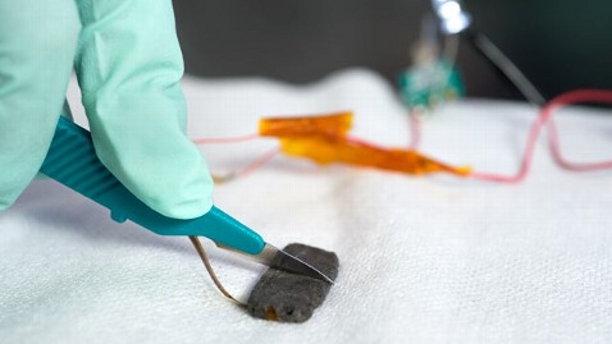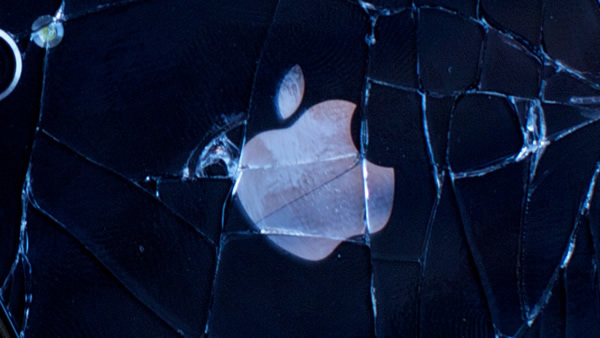Stanford Scientists Develop Pressure-Sensitive, Self-Healing 'E-Skin'

While work continues to be carried out on material that could ‘bruise’ to signal levels of damage (posing a future where the iPhone distorts in colour as wear and tear occurs), chemists and engineers at Stanford say they are on their way to developing a new ‘e-skin’ synthetic material that is not only sensitive to the touch, but also self-healing.
Described in the journal Nature Nanotechnology, the team hopes such a material will lead to more advanced prosthetics – those capable of sensing pressure and heat, sending such signals to the brain - or, closer to home, self-repairing electronics.
Using a plastic made of long chains of molecules joined by hydrogen bonds – providing weak attractions between the positively-charged region of one atom with the negatively-charged region of another atom – gives the material its self-healing properties. But in pursuing the ideal that the e-skin ought to be “the best of both worlds” – have the self-healing properties of a polymer, and the conductivity of a metal that would allow signals to be sent to the brain – as described by project lead Stanford Chemical Engineering Professor Zhenan Bao, the team embedded tiny nickel particles into the polymer to make the material conductive. "Most plastics are good insulators, but this is an excellent conductor," Bao said.
It was in tests where the material really shone, with researchers showing the material could restore 75- percent of its original strength even after being cut in half and the two sides gently being pressed together, with the material restoring close to 100-percent of its original strength in just 30 minutes. That same sample also stood up well to being cut repeatedly in the same place – even after 50 cuts and repairs, the material showed good signs of strength.
percent of its original strength even after being cut in half and the two sides gently being pressed together, with the material restoring close to 100-percent of its original strength in just 30 minutes. That same sample also stood up well to being cut repeatedly in the same place – even after 50 cuts and repairs, the material showed good signs of strength.
Not that obstacles don’t need to be overcome by the team behind it. For one, the material’s conductivity is reducing the effectiveness of the materials self-healing, with the nickel nanoparticles preventing the hydrogen bonds reconnecting quite so well.
Still, early work shows strong potential. The material is already sensitive enough to detect the pressure of a hand-shake, whether that pressure be downward or flexing, meaning prosthetic limbs could theoretically be able to detect the degree of a bend in a joint. Moving forward, the team's next hurdle is to make the material both transparent to the naked eye and stretchy, which would make it a viable self-healing screen protector for consumer electronics. Neat huh?
Richard Birkett
Source: Stanford Daily

